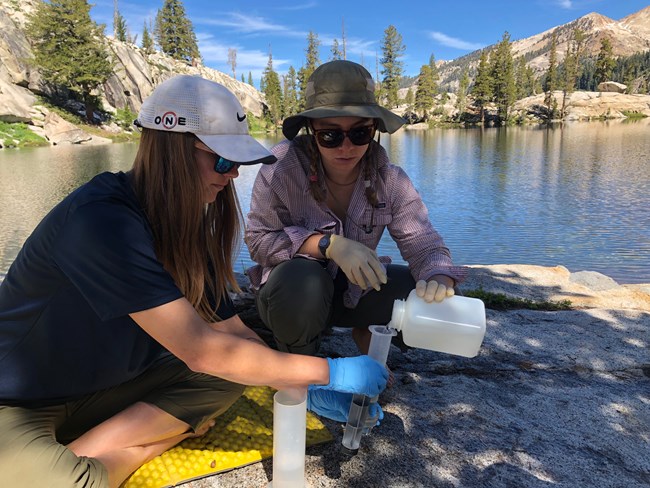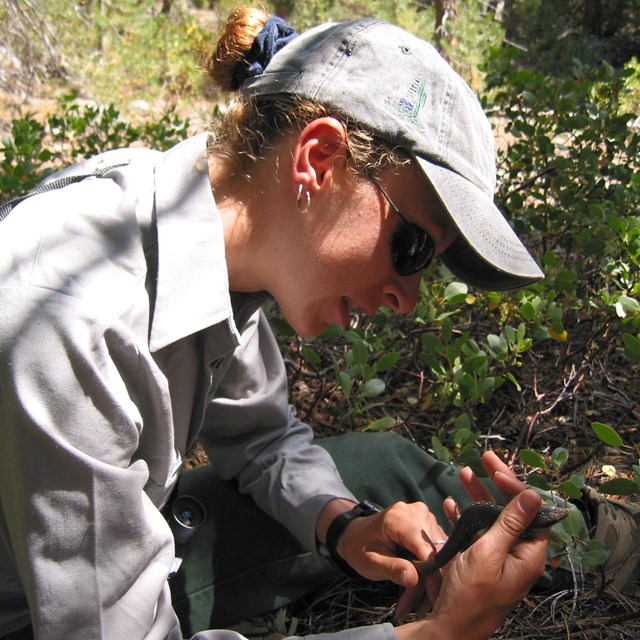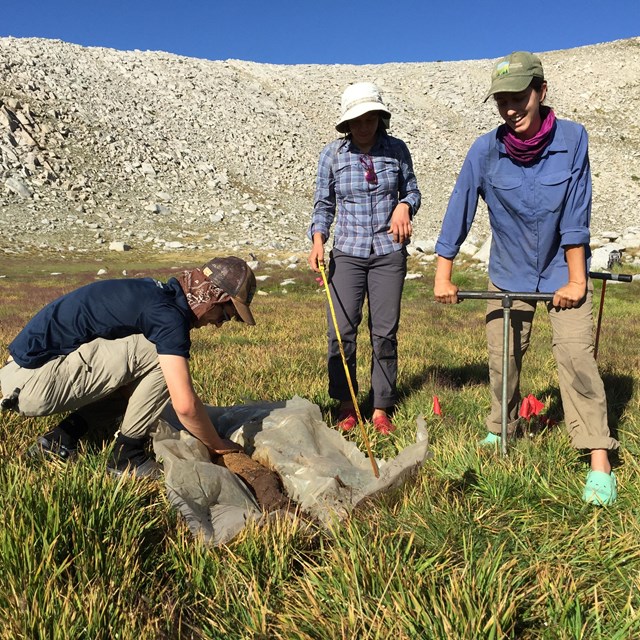
NPS / A. Studd-Sojka
The National Park Service Inventory & Monitoring Program was created to help solve a problem: too often, park managers lacked the information they needed to make scientifically sound decisions about park resources. Basic questions—“Which plants and animals are in this park?” “Has the park’s water quality changed in recent years?”—could be hard to answer without a consistent, long-term data record. Scientific research was being done in parks, but it tended to be project-based, intermittent, and performed by many individuals with different goals and methods over inconsistent time periods, making it difficult to compile and compare results.
To make sure park managers had access to basic information about key resources in their parks, Congress instructed the Secretary of the Interior to create the Inventory and Monitoring Division in 1998, “to establish baseline information and to provide information on the long-term trends in the condition of National Park System resources.” Today, 32 inventory & monitoring networks serve hundreds of National Park Service units throughout the country, helping to fill information gaps with published reports, datasets, web resources, and more.
By itself, long-term monitoring is not research—it does not answer a pre-determined question and does not have an end date. Long-term monitoring is a regular, ongoing check of abundance, diversity, and appropriate functioning. However, the information we gather can lead to specific questions that require more in-depth research.
Inventory and Monitoring
-
 Inventories
InventoriesInventories help determine the condition and location of natural resources.
-
 Monitoring
MonitoringLong-term monitoring tracks changes in natural resources.
Last updated: September 1, 2023
